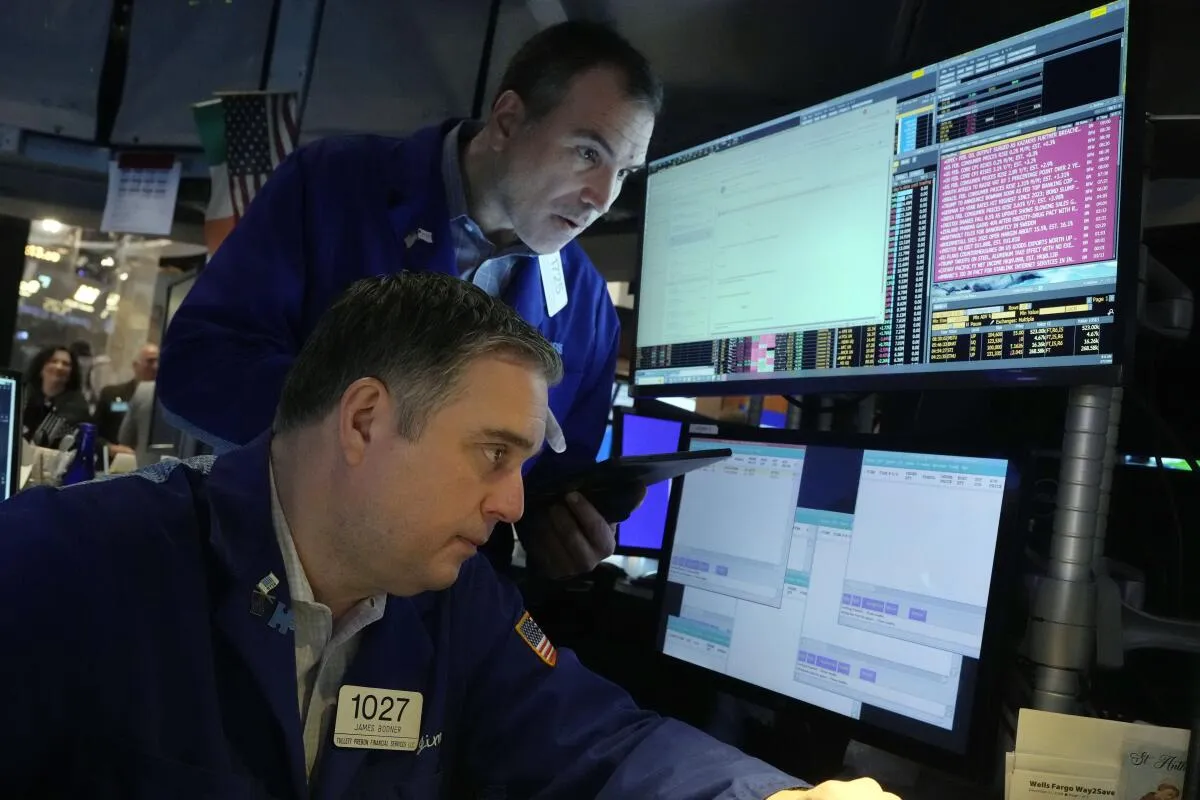In the world of stock trading, opinions are everywhere. Right now, however, there’s a striking split a man-versus-machine moment that hasn’t been this pronounced since early 2020, just before the COVID-19 market crash.
According to Deutsche Bank strategist Parag Thatte, computer-driven traders are showing far more optimism toward equities than their human counterparts. The difference lies in how each group forms its market view. Quant funds rely on momentum and volatility models, following systematic rules. Discretionary managers, on the other hand, base decisions on economic data and corporate earnings trends.
While it’s not surprising that the two see things differently, Thatte notes this level of disagreement is uncommon and historically short-lived.
“Discretionary investors are essentially waiting for a catalyst,” Thatte explained. “That could be slower economic growth or a second-half inflation jump driven by tariffs. As fresh data rolls in, either their caution will be justified with a growth-related selloff, or the economy will prove resilient in which case they’ll likely raise stock exposure.”
Even with the S&P 500 setting repeated record highs, many professional money managers are trimming equity positions rather than chasing the rally. Deutsche Bank data shows that as of the week ending August 1, exposure shifted from neutral to slightly underweight amid lingering uncertainty over trade policy, corporate earnings, and economic growth.
“No one wants to buy at record highs without a reason,” said Frank Monkam, head of macro trading at Buffalo Bayou Commodities. “Some are hoping for a pullback just to have a buying opportunity.”
Algorithmic trend-followers are taking the opposite approach. After cutting exposure to extremely low levels in the spring, they’ve piled back in as the S&P 500 surged nearly 30% from its April low. By early August, long equity positions for systematic funds hit their highest level since January 2020, Deutsche Bank reports.
This sets up a tug-of-war between technical buying and fundamental caution, with the S&P 500 trading in a tight range following its calmest month in two years.
Market volatility gauges remain subdued. The Cboe Volatility Index (VIX) closed Friday at 15.15, near its lowest since February, while the VVIX which tracks the volatility of volatility fell for the third week in a month.
“The rubber band can only stretch so far before it snaps,” said Colton Loder, managing principal at Cohalo. “With systematic crowding like this, the potential for a mean-reversion selloff increases.”
Heavy quant buying isn’t new. In early 2023, algorithmic traders rushed into U.S. equities after the market’s steep 2022 drop, only to pull back when volatility spiked during the regional banking crisis that March. A similar surge occurred in late 2019 after progress in U.S.-China trade talks.
This time, Thatte expects the man-versus-machine split to resolve in weeks, not months. If discretionary managers start selling due to weaker growth or softer earnings, the resulting uptick in volatility could trigger algorithmic funds to unwind positions.
Scott Rubner of Citadel Securities sees fast-money funds nearing their maximum U.S. equity exposure by September a milestone that could make them more vulnerable to downside shocks.
Because of how systematic strategies operate, selling pressure could start with commodity trading advisors (CTAs), Loder noted. This could cause sudden market reversals, though it would likely take a significant drop to push volatility sharply higher.
Goldman Sachs estimates CTAs are currently long $50 billion in U.S. equities in the 92nd percentile of historical exposure. According to UBS’s Maxwell Grinacoff, the S&P 500 would need to fall to around 6,100, roughly 4.5% below Friday’s close, before CTAs begin large-scale selling.
With quant positioning stretched on the bullish side and uncertainty running high, the question is whether the rally has much room left.
“Things are starting to feel toppy,” Grinacoff said. “The upside looks largely tapped out in the short term given CTAs are nearly max long. It’s a concern, but not yet a crisis.”
Loder believes that any pullback driven by systematic selling could actually open the door for discretionary managers who’ve been sitting out the rally. Light positioning among asset managers could fuel a “buy-the-dip” response, helping to limit deeper losses.
“Whatever sparks the next drawdown is unknown,” Loder said. “But when it happens, the lack of discretionary exposure will encourage dip-buying and likely prevent a more severe selloff.”

Subscribe to our newsletter!
As a leading independent research provider, TradeAlgo keeps you connected from anywhere.








